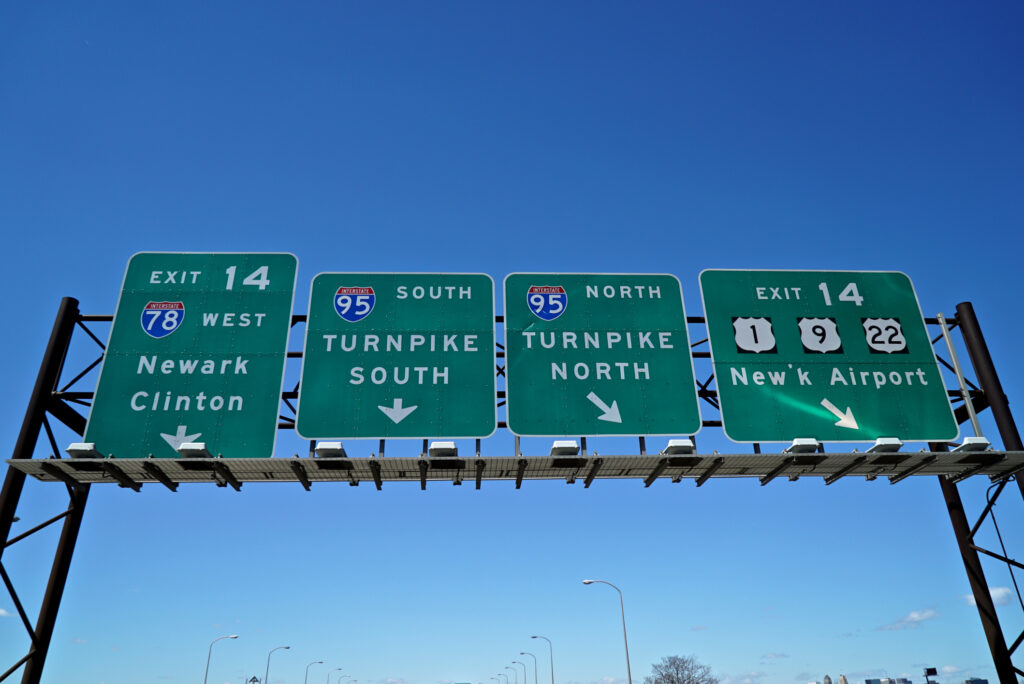
Study by 24/7 Wall Street ranks the states by the state of their roads, bridges, and rail.
Policy leaders have long grappled with strengthening our nation’s infrastructure, which is in severe need of repair nationwide. But now a new study, published by the team at 24/7 Wall Street, examines just how bad things are in individual states.
Now, here’s the problem…
Nationally, 21.8% of roads are in poor condition and 7.6% of bridges are in need of replacement or repair, researchers find. Additionally, there have been 4.8 derailments for every 100 miles of train track from 2015 to 2019, with broken rails or welds the most common cause of the problem.
But the 24/7 Wall Street study, published in USA Today, ranked different categories of infrastructure for each state using data from the U.S. Department of Transportation, Researchers created an index that consists of three measures: the share of roadway in poor condition, the share of bridges considered to be structurally deficient, and the number of train derailments between 2015 and 2019 adjusted per mile of railroad track.
It was revealed in these rankings that Wisconsin ranked the highest in poor roadway condition, while Rhode Island ranked the highest in structurally deficient bridges and the 2nd highest in poor roadway conditions. Alaska ranked the highest in state highway spending per licensed driver.
Overall, New Jersey was cited as having the worst infrastructure, while Nevada had the best.
Iowa wasn't included in the study, as there wasn't enough data.
Each state has its own set of challenges when it comes to improving infrastructure. Some states face harsher seasons and climate changes than others, while some states deal with an influx of motorists rather from tourists, or from larger populations such as California.
We’ve highlighted some local infrastructure concerns in recent blogs, including those written by Dean Showers and Meghan Hasse. But the real problem seems to be funding, especially with each state having their own set of issues. States typically use revenue from taxes generated by gasoline sales and in some cases, some states have recently ramped up infrastructure investment to compensate for past neglect.
But it's clear that the United States is past due for a robust infrastructure investment package on the federal level. While there has been some movement on Capitol Hill, including the passage of the $1.5 trillion Moving Forward Act by the House in July, nothing has yet become law.
